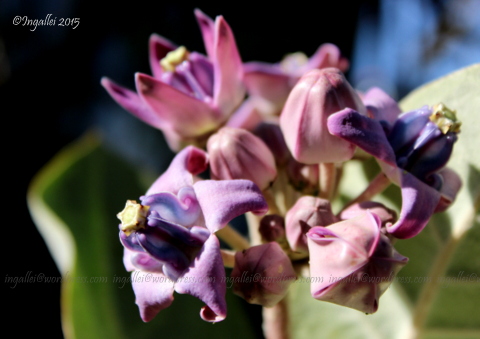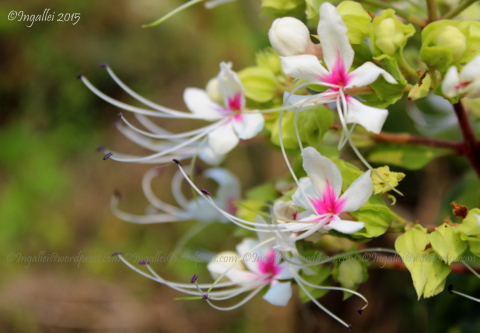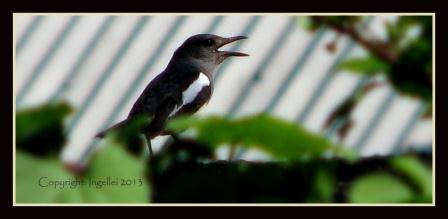
A scene at Wangoo village in Manipur (NE India)
My submission in response to Majka’s photo challenge ‘From Above: Trees‘. This is a shot taken on the hillock in the outskirts of the village of Wangoo. I had written my thoughts on the trip on an earlier post. The river is the main source of water for the villages along its bank. locally known as turel achouba (the big river), its English name is the Manipur river. It drains off water from the Loktak multi-purpose dam. from this view point, it is the skies, the river and the trees that is striking.
The trees, however, veils the houses on either side of the river – something i appreciated on visiting the village after taking these shots.The river bank ran along the backyards of the cluster of houses on the east. It was approaching evening by then. there were people drawing water, washing utensils and checking on the fishing nets they had laid down earlier in the day.
©ingallei










